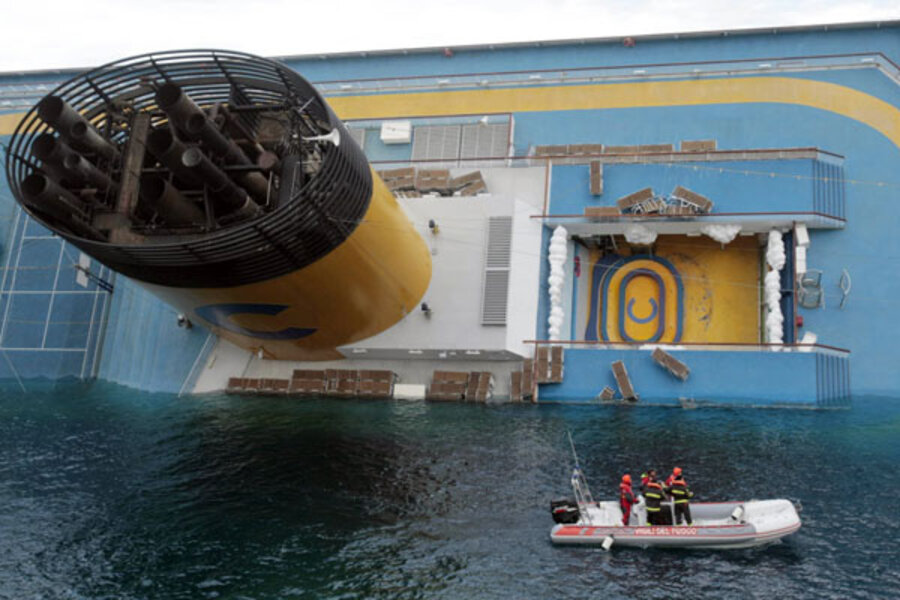“Yes, I think that’s always an issue,” Mr. Loh says. “There is increasing pressure on vessel owners and managers to … reduce the number of crewmen on board a vessel.” This is, in large part, a tactic to keep costs down, and has been happening since the 1980s, according to Loh.
It is unclear how many people were on the command deck, or bridge, when the recent cruise boat accident took place. “Normally the navigation system and collision avoidance is perceived as an aid to the normal bridge watch standard. It’s not considered a substitute for bridge watch,” Loh says. If the training and experience of bridge staff is low, the technology of navigation systems may be used as a crutch or relied on too heavily.
“The standard throughout the world is that the navigation system is only an aid to a fully qualified bridge watch standard,” Loh says.





